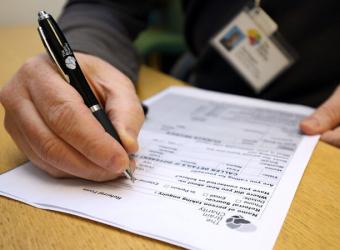What is a subarachnoid haemorrhage?
A subarachnoid haemorrhage is a rare type of stroke caused by bleeding on the surface of the brain.
What causes subarachnoid haemorrhage?
A subarachnoid haemorrhage is usually caused when a weakened blood vessel in the brain bursts, known as a ruptured brain aneurysm.
It’s not known why brain aneurysms develop, but factors such as smoking, high blood pressure, excessive alcohol consumption, family history and severe head injury can increase the risk.
There are three other types of brain haemorrhage, a subdural haemorrhage, extradural haemorrhage and intracerebral haemorrhage.
What are the symptoms of subarachnoid haemorrhage?
There are usually no warning signs, but sometimes a subarachnoid haemorrhage can happen during physical effort, such as lifting something heavy.
Symptoms of a subarachnoid haemorrhage may include:
- A stiff neck
- Feeling and being sick
- The worst headache you have ever had
- Photophobia (sensitivity to light)
- Blurred or double vision
- Stroke like symptoms such as one side of the body slouching, or slurred speech
- Convulsions and loss of consciousness
If you think someone has experienced a subarachnoid haemorrhage, they will need a CT scan to check for bleeding around the brain.
A subarachnoid haemorrhage is a medical emergency. If you think someone has the above symptoms, call 999 immediately.




















